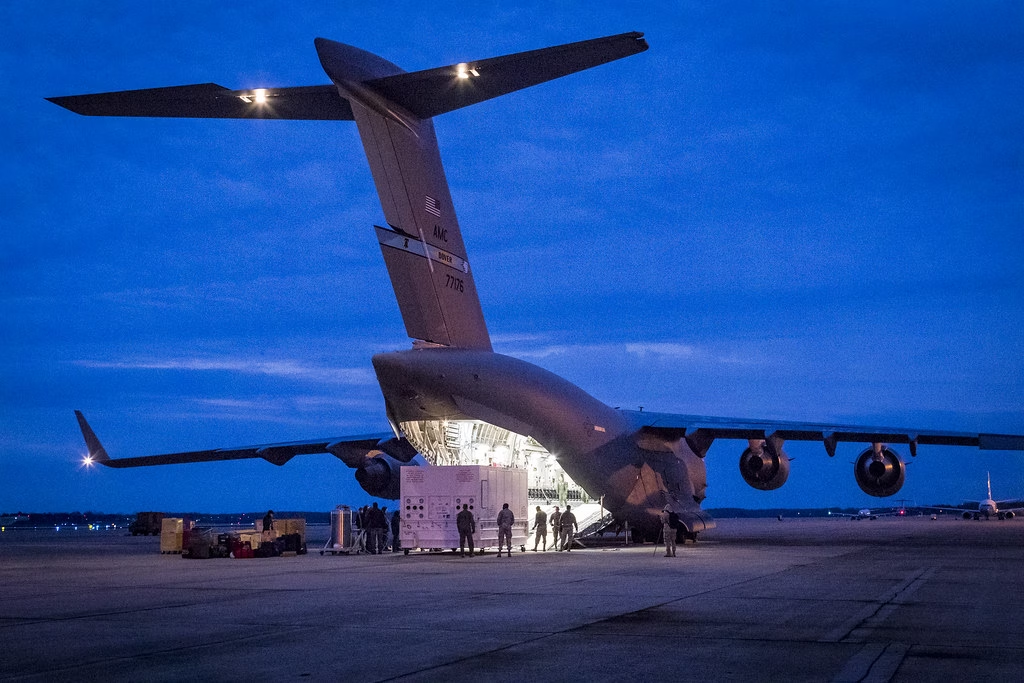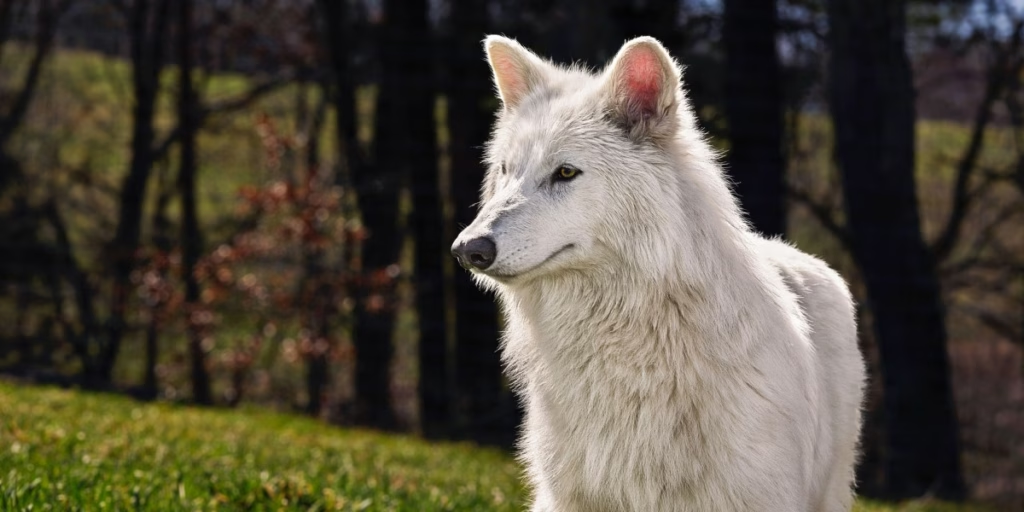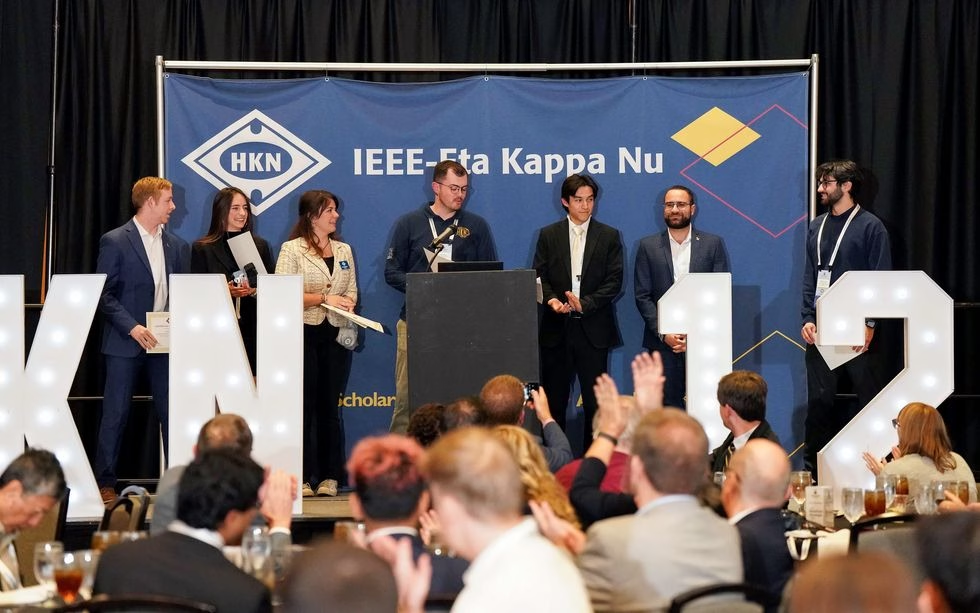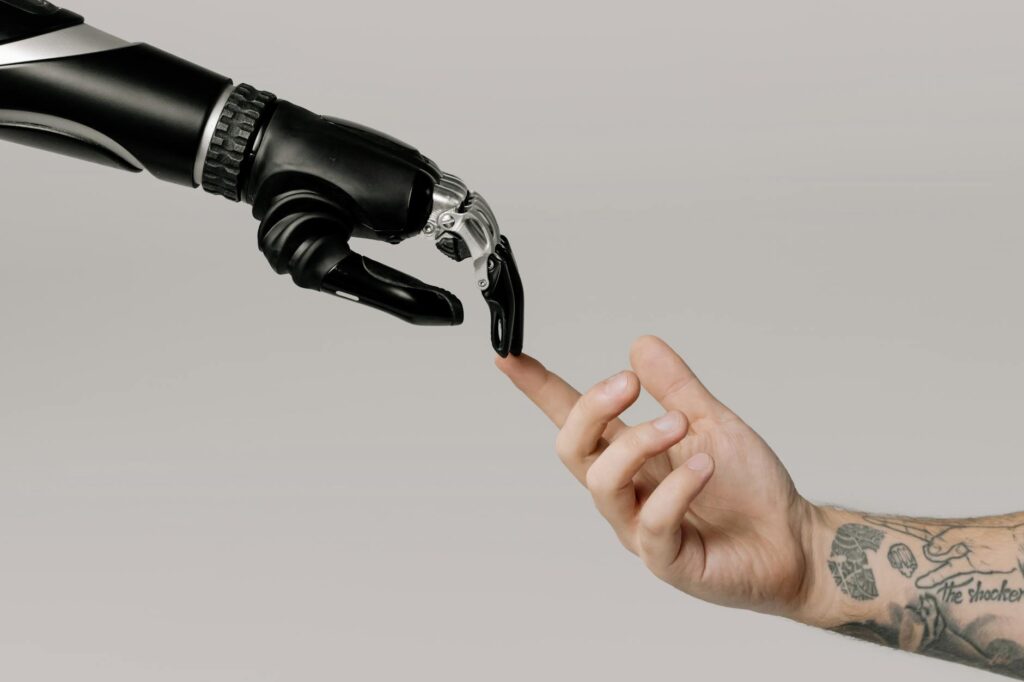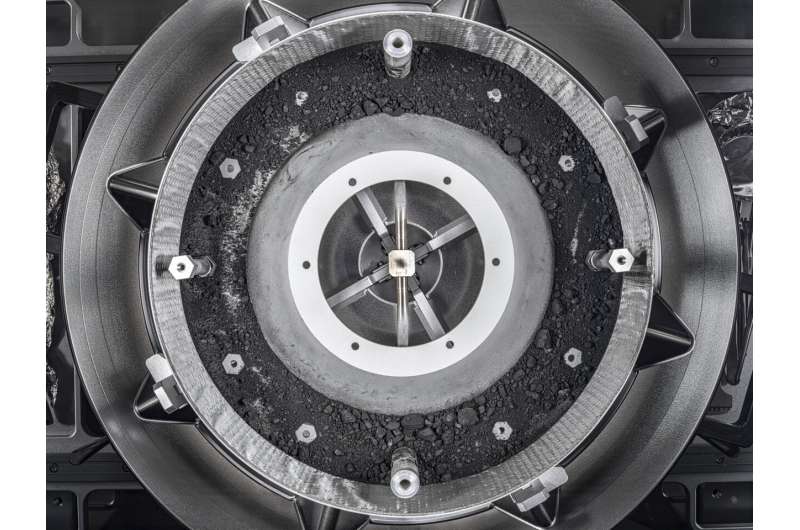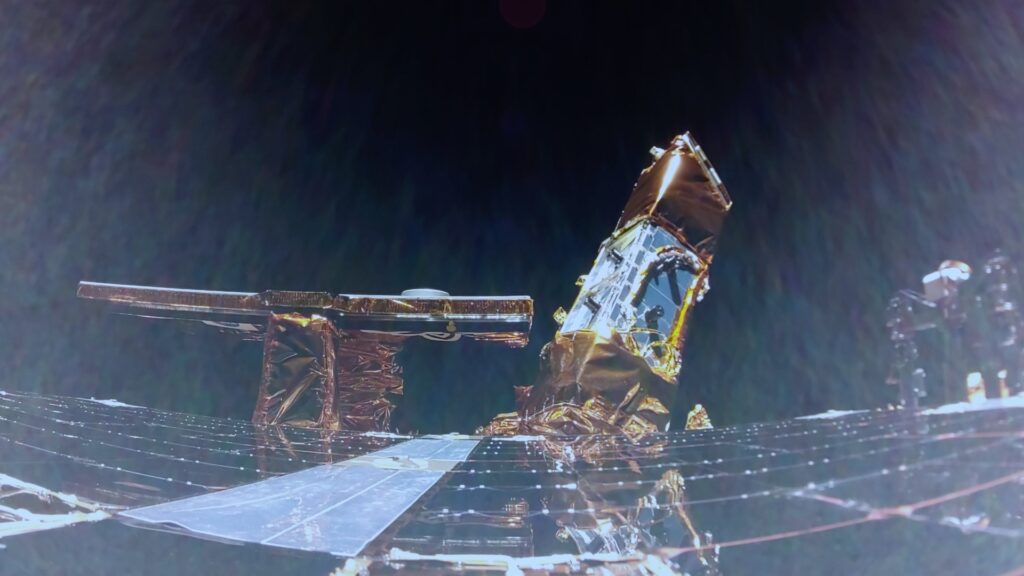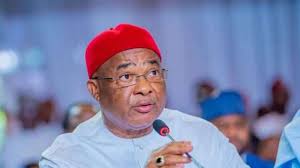Indian astronauts Group Captain Shubhanshu Shukla, Prashant Nair chosen to train at NASA
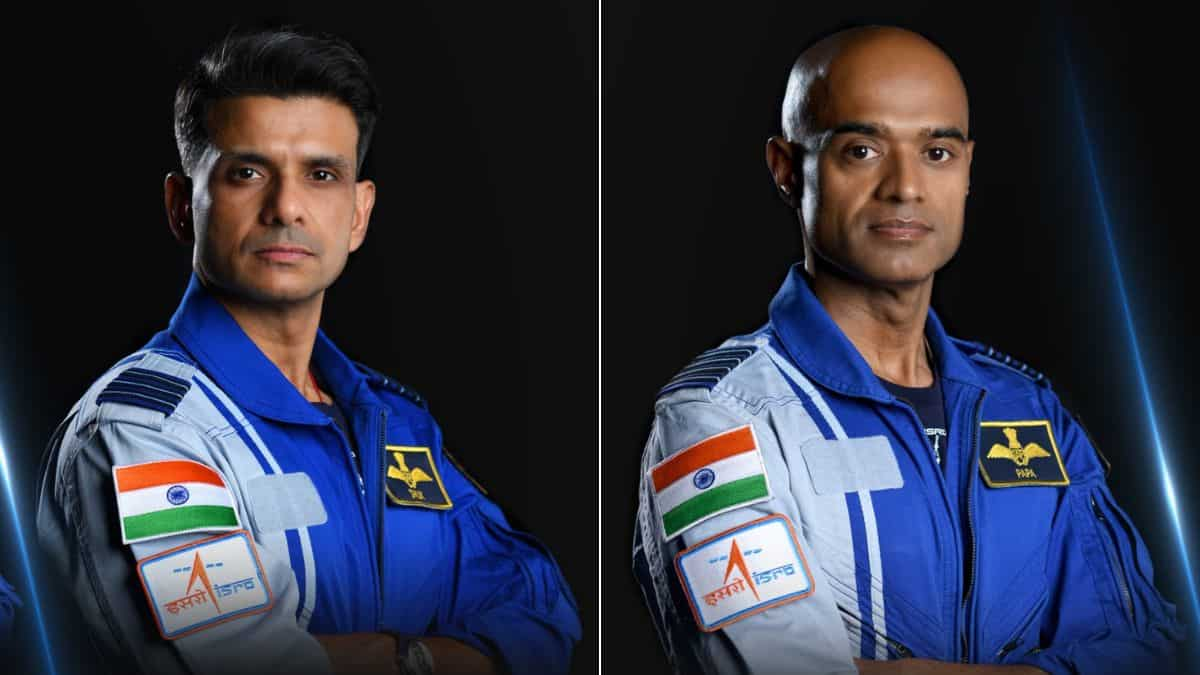
NASA Space Technology
NASA Space Technology Story highlights
According to ISRO, India’s Primary Gaganyatri (space traveller) for this mission will be Group Captain Shubhanshu Shukla and the backup candidate will be Group Captain Prashant Balakrishnan Nair.
India’s astronaut designates and Indian Air Force Test pilots, Group Captains Shubhanshu Shukla and Prashant Balakrishnan Nair will commence their training at NASA’s Johnson Space Center, Houston, Texas, this week. Indian space agency ISRO announced on Friday (Aug 2) that India’s Human Spaceflight Centre (HSFC) has entered into a spaceflight agreement (SFA) with Axiom Space Inc, an American firm that has been identified by NASA. Axiom is a private firm that facilitates a ride to space for paying customers. In this case, Axiom will facilitate the spaceflight of an Indian astronaut, aboard the SpaceX Falcon 9 rocket. Falcon 9 is the only contemporary American rocket with a proven track record of multiple astronaut-ferrying missions.
On July 13, 2024, WION had exclusively reported on this development and mentioned that one among the two will fly to the International Space Station in a United States-led mission, later this year.
According to ISRO, India’s Primary Gaganyatri (space traveller) for this mission will be Group Captain Shubhanshu Shukla and the backup candidate will be Group Captain Prashant Balakrishnan Nair. One among them will be later approved to fly to the International Space Station (ISS), an orbiting lab that circles 425 kilometres above Earth. The Multilateral Crew Operations Panel (MCOP) is responsible for choosing the Indian candidate who will fly to the ISS.
During his stay in space, as part of the Axiom-4 mission, the chosen Indian astronaut will be undertaking scientific research and technology demonstration experiments aboard the ISS.
NASA Space Technology What is Gaganyaan? What is India preparing its astronaut candidates for?
India has revealed the names of four astronaut candidates who are to fly on the country’s homegrown ‘Gaganyaan’ programme that aims to fly an astronaut-carrying capsule to Earth’s orbit (400 km above the planet’s surface) and bring them back safely for an oceanic splashdown landing. Gaganyaan was announced by Prime Minister Narendra Modi in 2018, as India’s maiden mission to fly humans (trained astronauts) to space.
Gaganyaan would be carried out by the Indian Space Agency ISRO, with test pilots of the Indian Air Force, serving as the crew members. The four candidates have already completed their training at the Yuri Gagarin Cosmonaut Training Center in Moscow, and are presently undergoing training at ISRO and Indian Air Force facilities, while also assisting ISRO teams in designing and developing some systems required for Gaganyaan.
Gaganyaan is the first step in a series of sustained human spaceflight missions that India wants to carry out in a phased manner. By the end of this decade, India hopes to put an uncrewed space station in Earth orbit. By 2035, it would be used as a crewed Indian outpost that’s circling the earth. India also plans to land its astronauts on the moon by 2040, a feat that only America has accomplished in 1969, and China hopes to do so by the end of this decade.
NASA Space Technology Soviets flew the first Indian to space in 1984; the US to fly 2nd Indian to space in 2024
In 1984, 40 years ago, Indian Air Force Pilot Wing Commander Rakesh Sharma flew to space as part of the Soviet Interkosmos programme. He is the only Indian to have flown to space. He did so on the Soviet Soyuz T-11 mission to the Salyut-7 space station, a lab that circles above the Earth.
Gaganyaan is India’s own attempt at launching astronauts to space on a largely homegrown mission, with support from the US, Russia, and France, among others. Of these, Russia (erstwhile Soviet Union) and the US have been the pioneers of human spaceflight, since the Cold War era.
In 2023, during Indian Prime Minister Narendra Modi’s State visit to the US, President Joe Biden had announced that ‘NASA would provide advanced training to Indian astronauts at the Johnson Space Center in Houston, Texas, with a goal of mounting a joint effort to the International Space Station (ISS) in 2024.
Given that India’s only experience of human spaceflight comes from Wing Commander Rakesh Sharma who went to space 40 years ago, the 2024 mission to the ISS is expected to offer significant insights and experiences related to contemporary spaceflight and relevant technologies. This would offer crucial lessons to ISRO and its chosen candidate, as it prepares for the homegrown Gaganyaan mission.
At present, India is in the process of gradually testing various systems and technologies required to execute an uncrewed Gaganyaan mission, slated for later this year or in early 2025. After a couple of flawless uncrewed missions, India will embark on the astronaut-carrying mission, perhaps, by 2026.
NASA Space Technology Sidharth MP
The author is Chennai-based reporter with Wion
Discover more from Tamfis Nigeria Lmited
Subscribe to get the latest posts sent to your email.



 Hot Deals
Hot Deals Shopfinish
Shopfinish Shop
Shop Appliances
Appliances Babies & Kids
Babies & Kids Best Selling
Best Selling Books
Books Consumer Electronics
Consumer Electronics Furniture
Furniture Home & Kitchen
Home & Kitchen Jewelry
Jewelry Luxury & Beauty
Luxury & Beauty Shoes
Shoes Training & Certifications
Training & Certifications Wears & Clothings
Wears & Clothings







